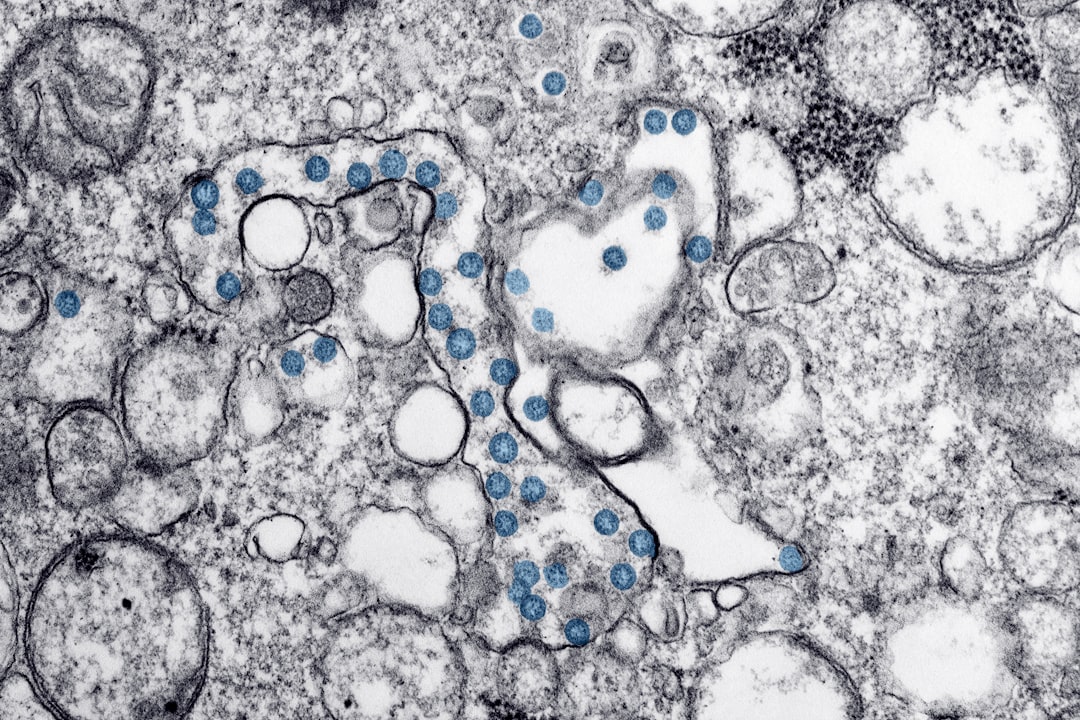What is it about?
There is little evidence guiding therapeutic strategies during pregnancy when intrauterine fetal CMV infection is confirmed. We provide a systematic review of the use of ganciclovir (GCV) or VGCV during pregnancy discussing safety of its use for mother and fetus and describe two cases of intrauterine therapy of fetal CMV infection with valganciclovir (VGCV).
Featured Image
Why is it important?
Congenital cytomegalovirus (CMV) infection is the leading cause for sensorineural hearing loss and mental retardation in children without genetic diseases worldwide. Data on therapeutic Options is very scarce, so a Review of published cases can help obstetricians to guide decisions when intrauterine CMV infection is diagnosed.
Perspectives
The limited literature and our two cases suggest that VGCV might be a therapeutic option for proven fetal CMV infection. The current number of reported cases is too small to make general conclusions. Larger trials with long-term follow- ups of in utero-exposed children are needed to find out if this therapeutic strategy is of long-term benefit. After treatment with GCV or VGCV during pregnancy initial urine PCR in the newborn may be negative even if infection occurred. We therefore recommend repeated testing in the first weeks of life. Clinicians should keep this in mind when decisions about further treatment and follow-up are made.
Vera Seidel
Read the Original
This page is a summary of: Intrauterine therapy of cytomegalovirus infection with valganciclovir: review of the literature, Medical Microbiology and Immunology, July 2017, Springer Science + Business Media,
DOI: 10.1007/s00430-017-0512-3.
You can read the full text:
Contributors
The following have contributed to this page










